Lotus Evora Chassis
Production Low Volume Versatile Vehicle Architecture
The Evora's chassis is a low investment cost evolution of the Versatile Vehicle Architecture (VVA) from the Lotus APX concept vehicle previously showcased at the Geneva Motorshow, and allows for the development of a range of vehicles up to a gross vehicle weight of 1,900 kg. This architecture has been designed to be more applicable to mid-volume applications by utilising our low capital investment manufacturing processes. The Evora structure progresses the Lotus 'bonded and riveted' technology used in the Elise family of vehicles with new and unique extrusions and folded panels, whilst providing production build modularity and lower cost repairs.
The low volume VVA chassis has been designed for scalability so that it can be extended in width, length and height. The strength and stiffness of the low volume VVA chassis can be modified cost effectively by varying the wall thickness of the extrusions, without altering the exterior dimensions. The ability to lengthen or shorten extrusions with the option to tailor the chassis stiffness, vastly increases the number of vehicles that can be developed from this vehicle architecture. Front and mid engine installations have been considered.
The Lotus Evora employs a composite roof as a stressed structural member to give an exceptional vehicle stiffness of 26,600 Nm per degree. This impressive stiffness is also thanks in part to the seatbelt anchorage frame, and partly because the high-tech composite body panels are stressed items. However, despite this high stiffness, the complete chassis or tub and front and rear modules weight just 206 kg, helping to keep the weight of the whole car to just 1382 kg.
To deliver this high performance structure, bonded and riveted high grade aluminium extrusions and simple and elegant folded sheet elements are used in the lower structure, building upon award winning Lotus research projects in this field. Lotus pioneered the technology of bonded aluminium extrusions for use in road vehicles and has successfully developed high performance cars for other car companies around the world using these techniques.
The central tub is attached to an extruded aluminium subframe at the front and a lightweight welded steel subframe at the rear. These subframe modules also offer advantages in terms of convenience and low cost of repair, and during manufacturing can be brought to the production line fully assembled, ready to be attached thereby improving the overall efficiency of space and time of assembly.
The high technology Lotus Evora chassis is manufactured at the new Lotus Lightweight Structures Limited (LLS) facility in Worcester, UK. LLS employs over 100 skilled engineers, technicians and sales staff and will manufacture all the Lotus aluminium structures, including those for the Elise, Exige, 2–Eleven and Europa and aluminium components for Lotus' extensive global client base.
With the Elise and its derivatives, the no-compromise character of the car makes getting in and out across a wide sill and through a comparatively narrow door/window aperture part of the charm of ownership. For the Evora and its remit for the serious daily driver, and to attract newcomers to the Lotus brand, greater convenience and practicality of ingress and egress is provided.
As a consequence the sill is now lower and slimmer (80 mm wide compared with 100 mm in the Elise), and the whole door aperture taller. The doors open wider than on the Elise and its siblings, while the height of the front seat is raised by 65 mm.
Lotus Evora: 205 g/km CO2
32.5 mpg (8.7 litres / 100 km) - Combined Cycle
22.8 mpg (12.4 litres / 100 km) - Urban Cycle
43.5 mpg (6.5 litres / 100 km) - Extra Urban Cycle




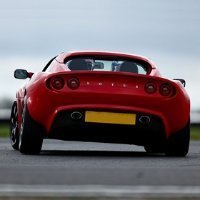
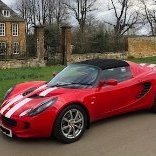

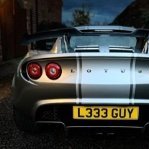


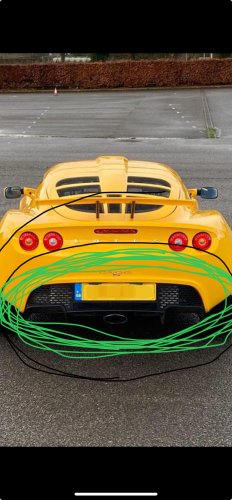
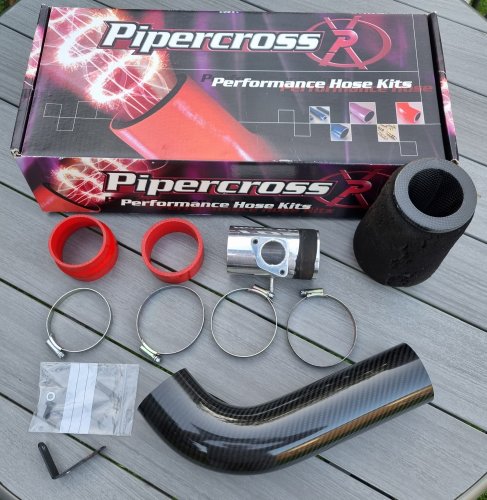
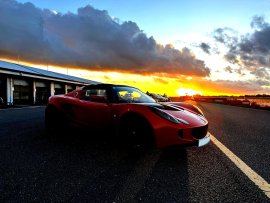
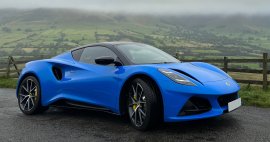
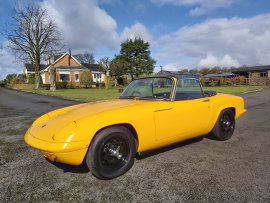
Recommended Comments
There are no comments to display.
Join the conversation
You can post now and register later. If you have an account, sign in now to post with your account.